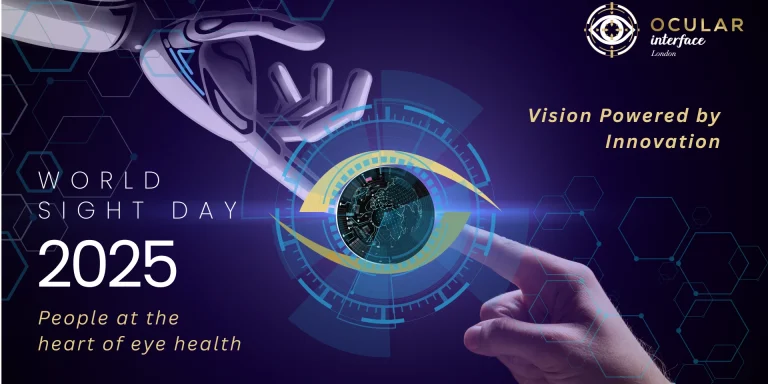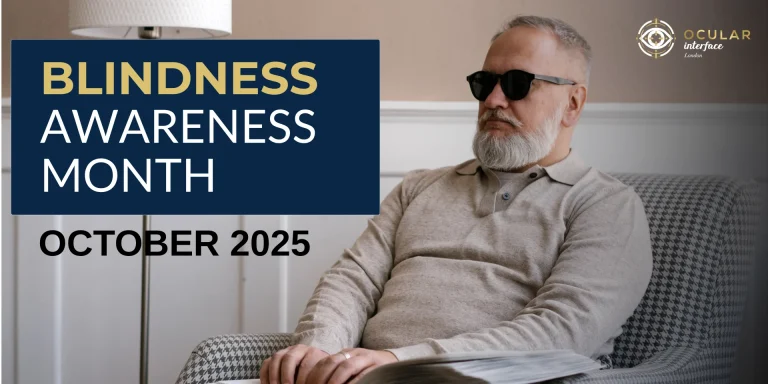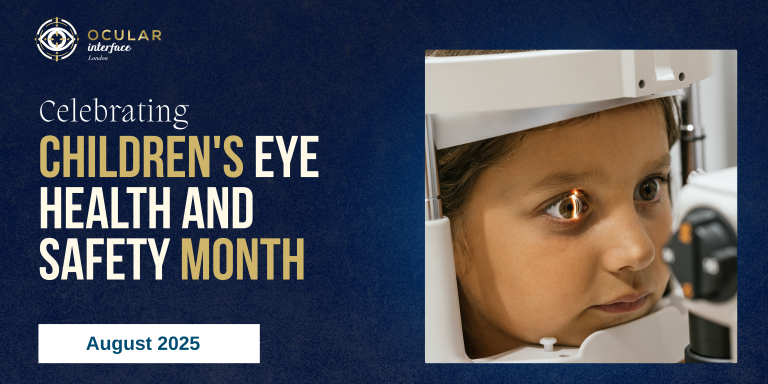In May 2025, OCULAR Interface proudly took part in Blindness Awareness Month, reaffirming our commitment to inclusivity, accessibility, and innovation for individuals with visual impairments
Throughout the month, we spotlighted the realities of living with blindness, shared educational content to foster understanding, and showcased how AI-powered technologies are revolutionising support systems.
By raising awareness and promoting solutions, OCULAR Interface continues to advocate for a world where vision loss is met with empathy, empowerment, and equitable access to technology.
Seeing Beyond Sight: OCULAR Interface Marks Blindness Awareness Month 2025
Each May, Blindness Awareness Month calls on individuals, institutions, and innovators to come together in support of the visually impaired community. In 2025, OCULAR Interface proudly joined this global effort, dedicating the month to raising awareness, fostering inclusion, and exploring how artificial intelligence (AI) can reshape the future for individuals living with blindness.
Understanding Blindness: Beyond the Stereotypes
Blindness is not a one-size-fits-all condition. It spans a spectrum—from partial vision loss to total blindness—and affects millions of people worldwide. However, the challenges faced by the visually impaired are not solely due to lack of sight, but also due to societal barriers: limited accessibility, underrepresentation, and technological gaps.
At OCULAR Interface, we believe innovation must be inclusive. Blindness Awareness Month gave us an opportunity to amplify this message and advocate for solutions that go beyond vision.
How AI Is Transforming Accessibility
Several AI-driven innovations that are empowering blind and visually impaired individuals:
- AI-Powered Braille Translation: Converting digital text into Braille in real-time, making online content more accessible than ever.
- Tactile Mapping with AI: Smart mapping tools that generate touch-responsive layouts of urban spaces, educational diagrams, or transit systems.
- Computer Vision for Object Recognition: Mobile apps and wearable devices using AI to describe environments, identify obstacles, and offer guided navigation.
- Voice-Assisted Interfaces: Hands-free digital tools that allow seamless interaction with healthcare platforms, learning materials, and communication apps.
By showcasing these advancements, OCULAR Interface underscored the role of technology as an enabler, not a replacement—for greater independence, confidence, and participation.
These efforts were part of our broader mission: to ensure that AI is designed with accessibility at its core—empowering not only eye care professionals but also those who navigate the world without sight.










